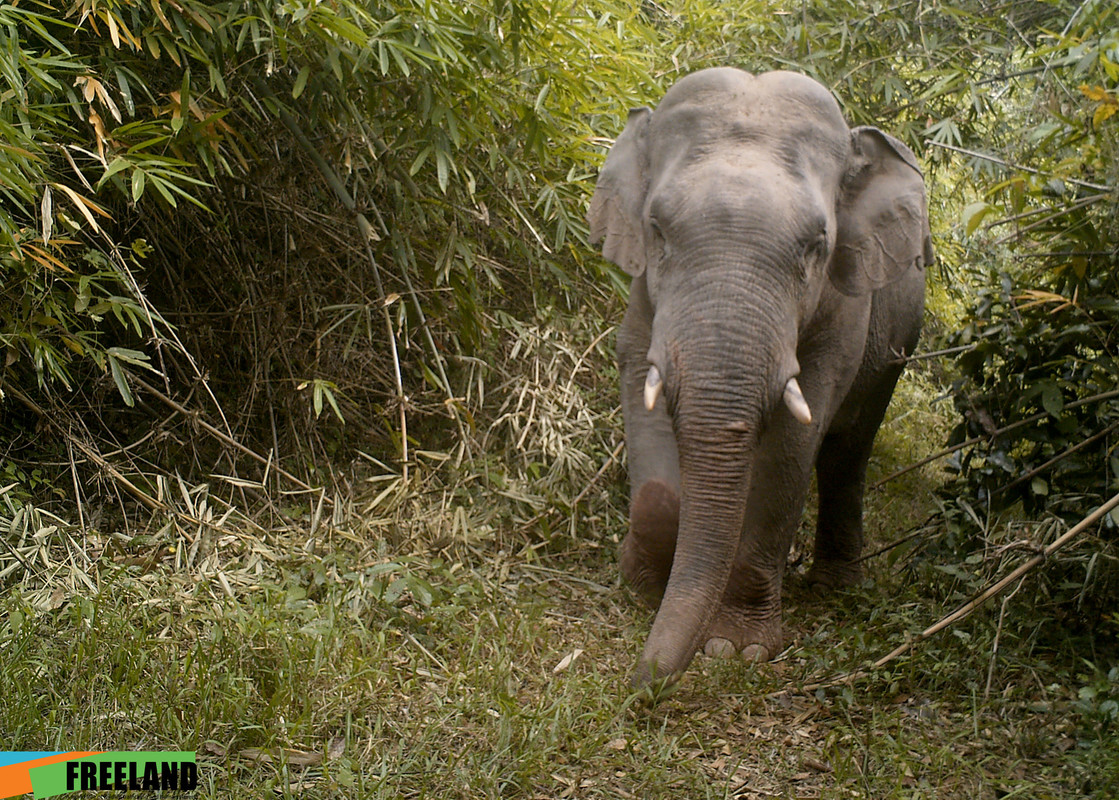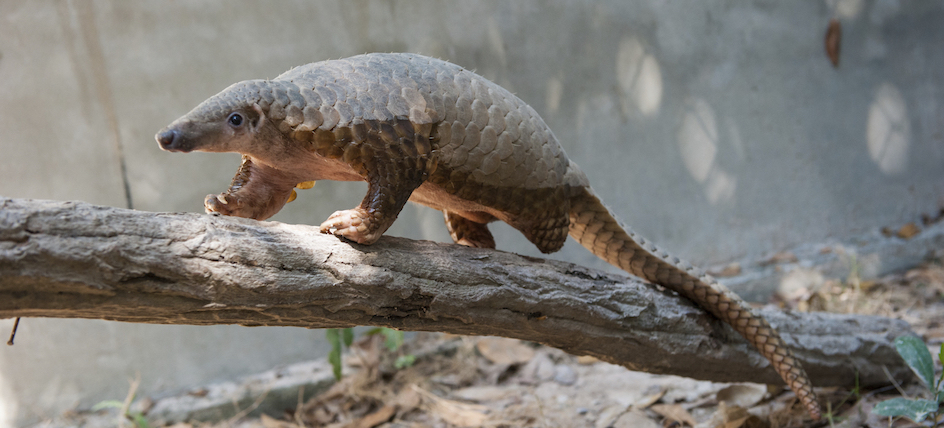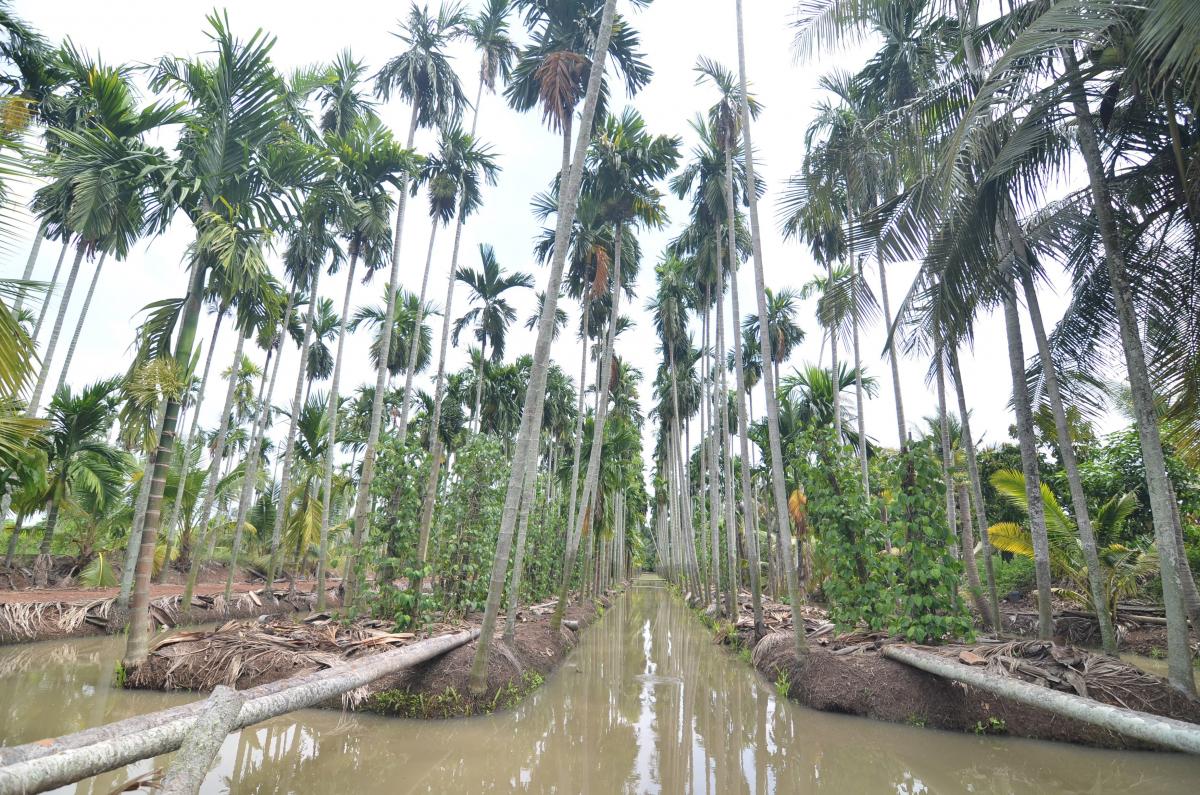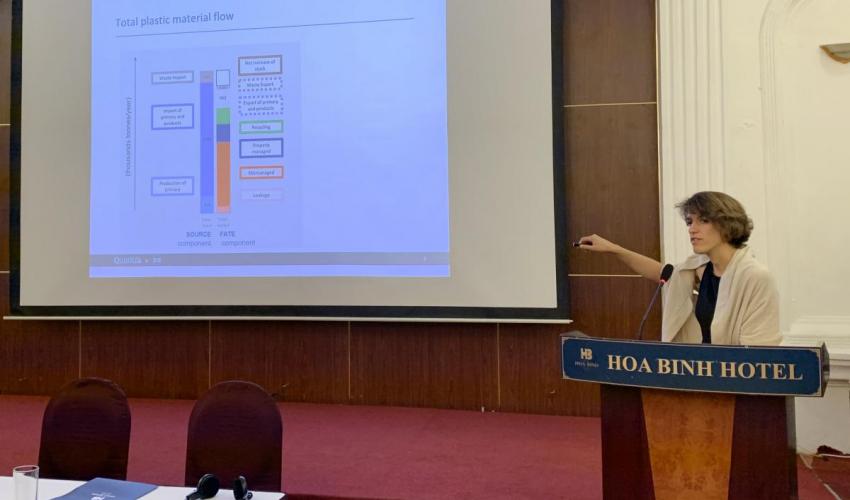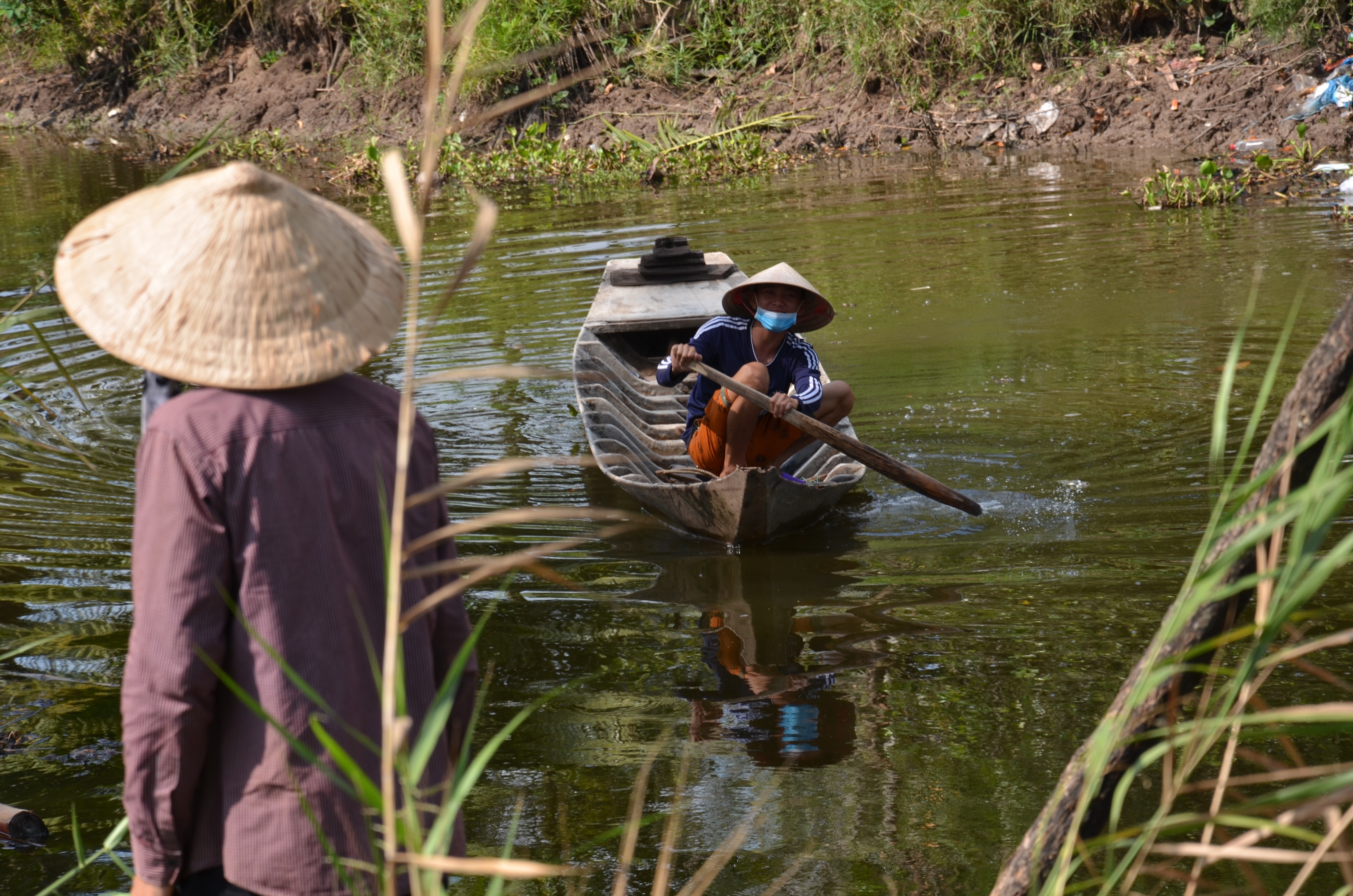Hopeful signs in campaign against wildlife trafficking
As the consumerism-oriented economy has increased globally, so too has the demand for wildlife products. In the Indo-Burma biodiversity hotspot, wildlife trafficking is severely threatening many vulnerable species, including Asian big cats, African elephants, rhinos and pangolins.
In response, the Thailand-based organisation Freeland, an IUCN member, and its partners launched iTHINK, a public awareness campaign aimed at reducing wildlife consumption in Thailand, Vietnam and China. Through public service announcements on TV, as well as print advertisements and billboards displayed at more than 4,000 locations, key messages reached as many as 40 million people per day. As a result, many previous purchasers who were surveyed said they were less likely to buy wildlife products again. (In Thailand, one in four buyers said they intended to purchase again. In Vietnam, one in two; and in China, one in five.)
Critical Ecosystem Partnership Fund (CEPF) funding helped Freeland’s efforts to expand iTHINK. CEPF caught up with Matthew Pritchett, Freeland’s director of trafficking free enterprises, to learn more about iTHINK and the challenge of changing public perception.
Question: How did the iThink campaign develop?
Answer: The iTHINK campaign was developed over a series of roundtable discussions between conservation organisations from China, Thailand and Vietnam, advertising agencies, a former poacher and other stakeholders. The process also included a thorough review of previous efforts in Asia to reduce demand for wildlife products.
Q: Has the iThink campaign made an impact in how consumers in Vietnam and China view wildlife consumption?
A: The iTHINK campaign has resulted in a clear shift in the mindset of the people we surveyed. Behaviour change takes time, but through our assessments, we have shown that perceptions towards purchasing wildlife products are shifting and that a higher percentage of people are now aware. There are very positive signs that this campaign, and others, are working.
Q: Was there a specific advertisement that you found to be particularly effective?
A: While some of the ads featured more recognisable celebrities, in many cases it was the experts on wildlife, law enforcement or antique dealers that resonated most with key audience segments. Too often, behavior change communication developed by the conservation community looks to the benefits of conservation for persuasive arguments, and sometimes it is valuable to understand in depth how audiences outside conservation—such as antique dealers, for example—feel about wildlife trade, and use these audiences for messaging insights, and indeed, even as our messengers.
Q: Are there certain demands that seem to have been more/less affected by iThink?
A: The iTHINK campaign focused more on the specific species (elephants, for example) rather than types of purchases. Having said that, in Viet Nam, we worked closely with a traditional medicine specialist to raise awareness about how wildlife is not a ‘cure all’ as some misinformation suggests. He was a powerful messenger because only expert practitioners in traditional medicine are truly respected for their opinion about traditional medicine. Other messages may be heard, but to be properly listened to—sufficient to prompt audiences to question often long-held assumptions and to have a chance of shifting attitudes sufficient to fundamentally change purchase behavior—this campaign could not have been successful without the use of messengers, and this qualified messenger exactly.
Q: Have you seen any action by government officials since iThink was launched? Any increased law enforcement action?
A: In each of the countries where the iTHINK campaign has run, we have worked closely with the government and many of the videos feature government officers, especially from law enforcement agencies. While we can’t relate this to increased law enforcement efforts, with the increased involvement with government agencies and the messages that they gave, it is clear that the region’s governments are increasing the priority that is given to wildlife crime.
Q: How did CEPF funds assist in the iThink campaign?
A: The CEPF funds helped expand on the iTHINK campaign in very specific ways. The funds allowed us to do more with youth and grassroots NGOs, helping to provide a platform for more local movements and communities to join the campaign. The funds also provided support to create a toolkit for the iTHINK campaign which provides all the relevant information required for anyone wishing to run their own awareness campaigns and link them to regional conservation efforts. [The toolkit is available here.]
Q: What are next steps in terms of changing public perceptions about the importance of protecting Endangered species?
A: While there has been progress, there is still more work to do. There are very positive indications that governments in the region will continue to increase the importance of this issue, and we think that by China announcing its plan to phase out their domestic ivory market and Vietnam hosting the IWT conference [Hanoi Conference on Illegal Wildlife Trade] this past November, we are clearly heading in the right direction.
We need to continue to engage governments to help spread the message, but more can be done to focus on potential future buyers to ensure the current generation does not continue on the same path as those before.
Q: Are you optimistic about the ability to change public perception in Thailand, Vietnam and China? Can you foresee a day when the overall public perception has shifted to view protecting Endangered species as important?
A: Most people today do believe in the value and importance of protecting Endangered species. The problem is that even one dead rhino is one too many. ‘Perception shift’ is not enough. We need to redouble our efforts against the segments of the population most at risk of making purchases unintentionally, carelessly and through misinformation, and against those most at risk of drifting into the trade and trafficking of illegal wildlife and who are yet overlooked by behaviour change campaigns to date.
Our urgency and unwillingness to settle for anything less in pursuit of pivotal insights and campaign designs that resonate with these audiences, ones that don’t just change perception but fundamentally change behaviour, is a critical contribution to achieving these goals.
Q: Anything else you’d like to add?
A: I truly believe the huge majority of people are good and want to do good things. We are all increasingly aware of our fragile planet and the impact we as humans are having on it. Despite bearing witness to some of the most awful scenes of the abuse of Endangered animals at the hands of human beings, I am driven every day by hope.
This article was originally published on the Critical Ecosystem Partnership Fund website.
Founded in 2000, the Critical Ecosystem Partnership Fund is a global leader in enabling civil society to participate in and benefit from conserving some of the world’s most critical ecosystems by providing grants for organisations to help protect biodiversity hotspots, Earth’s most biologically rich yet threatened areas. CEPF is a joint initiative of l'Agence Française de Développement, Conservation International (IUCN Member), the European Union, the Global Environment Facility, the Government of Japan (IUCN State Member), the MacArthur Foundation and the World Bank.
IUCN is leading the second phase of CEPF's work in the Indo-Burma hotspot, working together with the Myanmar Environment Rehabilitation-conservation Network (MERN) and Kadoorie Farm and Botanic Garden (KFBG) to form the CEPF Regional Implementation Team (RIT).
